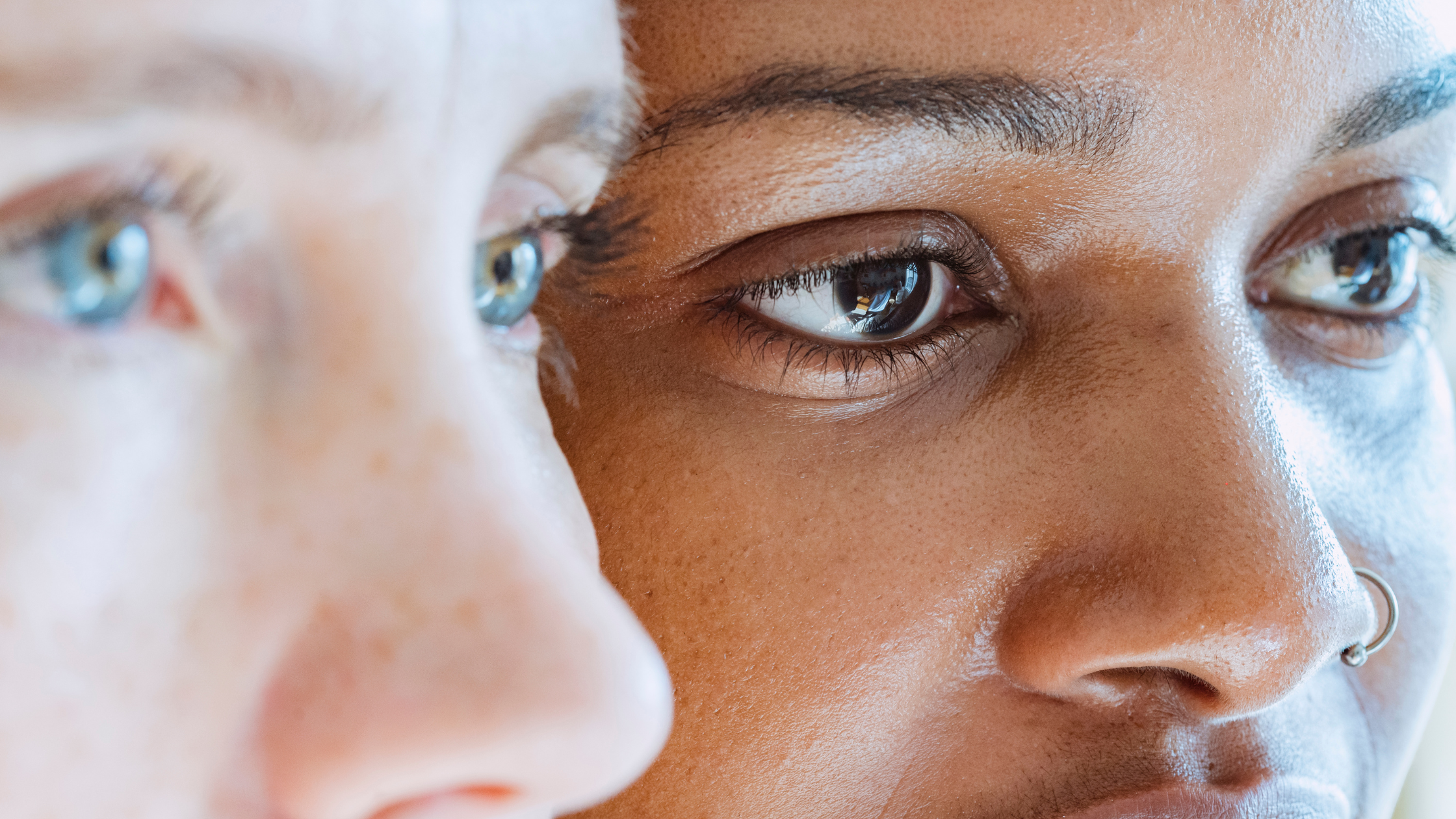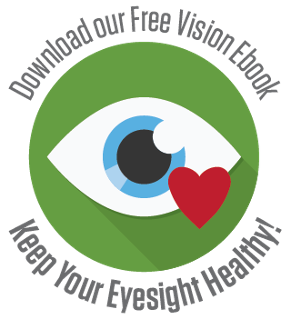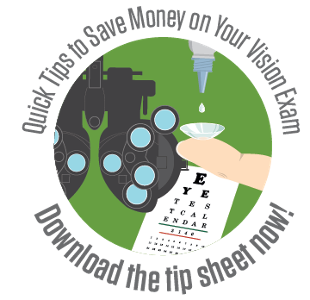By Symphanie Horsford on Jun 20, 2022 @ 10:00 AM
Nystagmus, or dancing eyes, is a unique vision condition. It is characterized by repetitive, uncontrolled movements, such as shaking. This can occur vertically, horizontally, rotationally, or even with jerking after drifting to one side. It also can have different degrees of speed, frequency, and noticeability. While nystagmus itself is not a diagnosis, it can reveal signs of underlying diseases and related vision problems. But what is the cause of nystagmus, and can it be treated? Here is what you need to know.
Different Forms of Nystagmus
- Infantile - Most often develops by 2 to 3 months of age.
- Spasmus nutans - Usually occurs between 6 months and 3 years of age and improves on its own between 2 and 8 years of age.
- Acquired - Develops later in childhood or adulthood.
Causes of Nystagmus
Nystagmus commonly affects both eyes. The areas of the brain that control eye movements do not work properly. It is not always clear why someone has nystagmus, but it can be related to other factors, such as:
- Family history of nystagmus
- Retina or optic nerve disorders
- Extremely high refractive error; for example, nearsightedness (myopia) or astigmatism.
- A wide range of eye problems in infants/children, including cataracts and focusing problems.
- Inner ear problems, such as Meniere’s disease or vertigo
- Multiple sclerosis
- Stroke
- Head injury
- Use of certain medications, such as lithium or anti-seizure medications
- Alcohol or drug use
- Albinism
Symptoms of Nystagmus
In addition to shaky or dancing eyes, objects may appear blurry and shaky. This then affects balance and causes dizziness, as well as nighttime vision problems or sensitivity to light.
How to Treat Nystagmus
In some cases, nystagmus can correct itself over time. This is especially if the underlying condition is treated. However, there are steps you can take to correct and focus your vision. For instance, getting glasses or contact lenses. Though this does not fix the nystagmus, having clearer vision can help slow eye movements. In rare cases, while surgery does not cure nystagmus, it may reduce how much a person needs to turn their head for better vision. Nystagmus can be diagnosed through a comprehensive eye exam. Talk to your optometrist so they can help you decide the best course of action for you.




comments